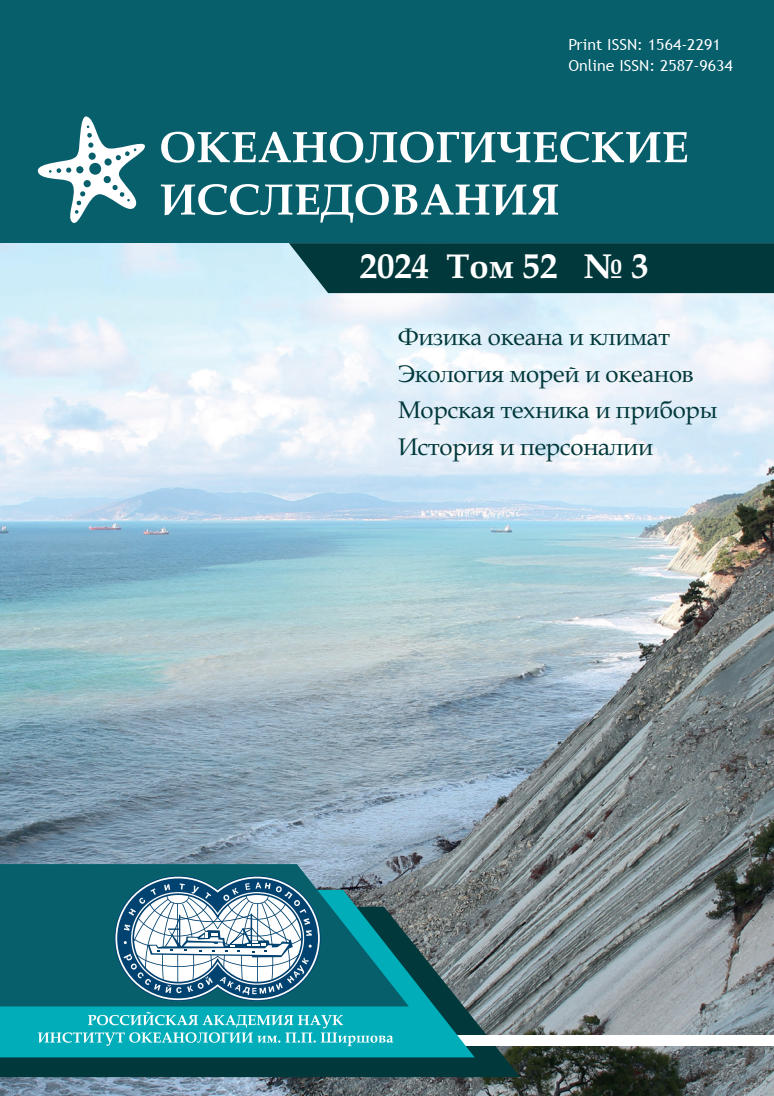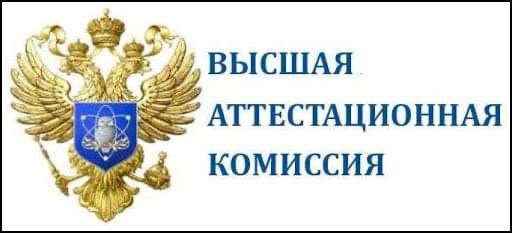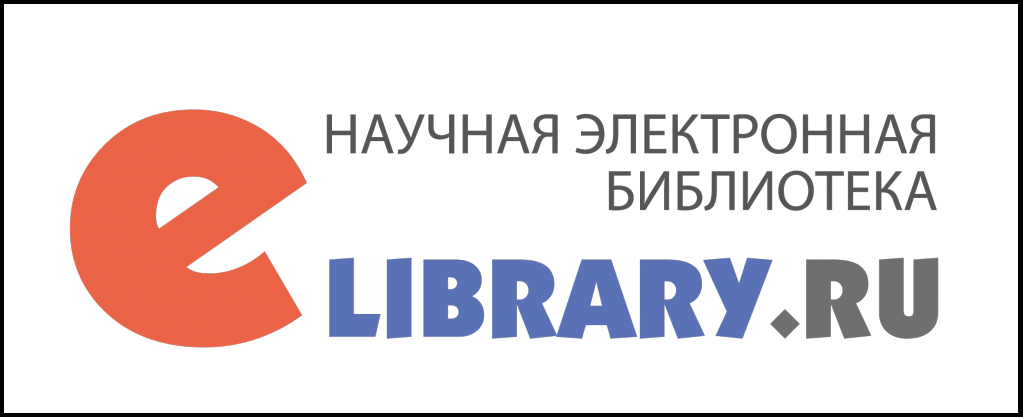ОЦЕНКА ВЕРТИКАЛЬНОГО ПОТОКА УГЛЕРОДА, СВЯЗАННОГО С ДЫХАНИЕМ МИГРИРУЮЩИХ КОПЕПОД CALANUS EUXINUS И PSEUDOCALANUS ELONGATUS, В ЧЕРНОМ МОРЕ
Аннотация
Суточные вертикальные миграции зоопланктона вносят существенный вклад в функционирование биологического насоса, обеспечивая активный транспорт углерода из поверхностных слоев в более глубокие. В Черном море количественные оценки этого процесса до настоящего времени не проводились. В данной работе впервые получены расчетные величины потока углерода, связанного с дыханием двух массовых видов мигрирующих копепод – Calanus euxinus и Pseudocalanus elongatus. Исследование проводили на 13 суточных станциях в северной и северо-восточной частях Черного моря в периоды с апреля по сентябрь 2020−2021 гг. (рейсы № 114, 116, 118 НИС «Профессор Водяницкий»). Для оценки потока углерода использовали: (1) экспедиционные данные по суточной динамике вертикального распределения численности и биомассы копепод; (2) полученные на их основе коэффициенты миграции Виноградова, характеризующие интенсивность вертикальных перемещений организмов; (3) расчетные величины интенсивности их дыхания с учетом температуры воды и времени, проведенного ими на глубине в светлое время суток. Показано, что основной вклад в исследуемый поток углерода вносили самки и копеподиты пятой стадии C. euxinus. Значения суммарного потока нарастали от весеннего минимума (0.14 ммоль C·м-2·сут-1) в апреле до максимума (0.46 ммоль C·м-2·сут-1) в сентябре. Полученные результаты могут свидетельствовать о важной роли суточных вертикальных миграций зоопланктона в функционировании биологического насоса Черного моря. Подчеркивается актуальность дальнейших исследований сезонной и межгодовой динамики миграций зоопланктона и связанных с ними потоков, а также их отклика на изменения климата и гидрологических условий в Черном море.
Литература
- Виноградов М. Е. Вертикальное распределение океанического зоопланктона. М.: Наука, 1968. 320 с.
- Петипа Т. С., Сажина Л. И., Делало Е. П. Вертикальное распределение зоопланктона в Черном море // Труды Севастопольской биологической станции. 1963. № 16. С. 119–137.
- Aarflot J. M., Skjoldal H. R., Dalpadado P., Skern-Mauritzen M. Contribution of Calanus species to the mesozooplankton biomass in the Barents Sea // ICES Journal of Marine Science. 2018. Vol. 75. No. 7. P. 2342–2354. https://doi.org/10.1093/icesjms/fsx221.
- Aleksandrov B., Arashkevich E., Gubanova A., Korshenko A. Black Sea monitoring guidelines: mesozooplankton // Publ. EMBLAS Project, BSC. 2014. Vol. 31. Available at: http://www.blacksea-commission.org/Downloads/Mesozooplankton_Manual_2015_ISBN%20%20978-617-7953-33-2.pdf.
- Arashkevich E. G., Stefanova K., Bandelj V., Siokou I., Kurt T. T., Orek Y. A., Timofte F., Timonin A., Solidoro C. Mesozooplankton in the open Black Sea: Regional and seasonal characteristics // Journal of Marine Systems. 2014. Vol. 135. P. 81–96. http://dx.doi.org/10.1016/j.jmarsys.2013.07.011.
- Auel H., Klages M., Werner I. Respiration and lipid content of the Arctic copepod Calanus hyperboreus overwintering 1 m above the seafloor at 2.300 m water depth in the Fram Strait // Marine biology. 2003. Vol. 143. P. 275–282. https://doi.org/10.1007/s00227-003-1061-4.
- Besiktepe S. Diel vertical distribution, and herbivory of copepods in the south-western part of the Black Sea // Journal of Marine Systems. 2001. Vol. 28. No. 3–4. P. 281–301. https://doi.org/10.1016/S0924-7963(01)00029-X.
- Bianchi D., Stock C., Galbraith E. D., Sarmiento J. L. Diel vertical migration: Ecological controls and impacts on the biological pump in a one-dimensional ocean model // Global Biogeochemical Cycles. 2013. Vol. 27. No. 2. P. 478–491. https://doi.org/10.1002/gbc.20031.
- Buesseler K. O., Boyd P. W. Shedding light on processes that control particle export and flux attenuation in the twilight zone of the open ocean // Limnology and Oceanography. 2009. Vol. 54. No. 4. P. 1210–1232. https://doi.org/10.4319/lo.2009.54.4.1210.
- Burd A. B., Hansell D. A., Steinberg D. K., Anderson T. R., Arístegui J., Baltar F., Tanaka T. Assessing the apparent imbalance between geochemical and biochemical indicators of meso-and bathypelagic biological activity: What the@ $♯! Is wrong with present calculations of carbon budgets? // Deep Sea Research. Part II: Topical Studies in Oceanography. 2010. Vol. 57. No. 16. P. 1557–1571. https://doi.org/10.1016/j.dsr2.2010.02.022.
- Cook K. B., Belcher A., Juez D. B., Stowasser G., Fielding S., Saunders R. A., Mayor D. J. Carbon budgets of Scotia Sea mesopelagic zooplankton and micronekton communities during austral spring // Deep Sea Research. Part II: Topical Studies in Oceanography. 2023. Vol. 210. P. 105296. https://doi.org/10.1016/j.dsr2.2023.105296.
- Dam H. G., Roman M. R., Youngbluth M. J. Downward export of respiratory carbon and dissolved inorganic nitrogen by diel-migrant mesozooplankton at the JGOFS Bermuda time-series station // Deep Sea Research. Part I: Oceanographic Research Papers. 1995. Vol. 42. No. 7. P. 1187–1197. https://doi.org/10.1016/0967-0637(95)00048-B.
- Friedlingstein P., O’sullivan M., Jones M. W., Andrew R. M., Hauck J., Olsen A., Zaehle S. Global carbon budget 2020 // Earth System Science Data Discussions. 2020. Vol. 2020. P. 1–3. https://doi.org/10.5194/essd-12-3269-2020.
- Gubanova A., Altukhov D., Stefanova K., Arashkevich E., Kamburska L., Prusova I., Svetlichny L., Timofte F., Uysal, Z. Species composition of Black Sea marine planktonic copepods // Jour. of Mar. Sys. 2014. Vol. 135. P. 44–52. http://dx.doi.org/10.1016/j.jmarsys.2013.12.004.
- Hansen A. N., Visser A. W. Carbon export by vertically migrating zooplankton: an optimal behavior model // Limnology and Oceanography. 2016. Vol. 61. No. 2. P. 701–710. https://doi.org/10.1002/lno.10249.
- Halfter S., Cavan E. L., Butterworth P., Swadling K. M., Boyd P. W. “Sinking dead” – how zooplankton carcasses contribute to particulate organic carbon flux in the subantarctic Southern Ocean // Limnology and Oceanography. 2022. Vol. 67. No. 1. P. 13–25. https://doi.org/10.1002/lno.11971.
- Hansen B. H., Tarrant A. M., Lenz P. H., Roncalli V., Almeda R., Broch O. J., Tollefsen K. E. Effects of petrogenic pollutants on North Atlantic and Arctic Calanus copepods: From molecular mechanisms to population impacts // Aquatic Toxicology. 2023. P. 106825. https://doi.org/10.1016/j.aquatox.2023.106825.
- Hays G. C., Proctor C. A., John A. W. G., Warner A. J. Interspecific differences in the diel vertical migration of marine copepods: the implications of size, color, and morphology // Limnology and Oceanography. 1994. Vol. 39. No. 7. P. 1621–1629. https://doi.org/10.4319/lo.1994.39.7.1621.
- Hernández-León S., Gómez M., Pagazaurtundua M., Portillo-Hahnefeld A., Montero I., Almeida C. Vertical distribution of zooplankton in Canary Island waters: implications for export flux // Deep Sea Research. Part I: Oceanographic Research Papers. 2001. Vol. 48. Iss. 4. P. 1071–1092. https://doi.org/10.1016/S0967-0637(00)00074-1.
- Hernández-León S., Putzeys S., Almeida C., Bécognée P., Marrero-Díaz A., Arístegui J., Yebra L. Carbon export through zooplankton active flux in the Canary Current // Journal of Marine Systems. 2019. Vol. 189. P. 12–21. https://doi.org/10.1016/j.jmarsys.2018.09.002.
- Hirche H. J. Life cycle of the copepod Calanus hyperboreus in the Greenland Sea // Marine Biology. 1997. Vol. 128. P. 607–618. https://doi.org/10.1007/s002270050127.
- Ikeda T., Kanno Y., Ozaki K., Shinada A. Metabolic rates of epipelagic marine copepods as a function of body mass and temperature // Marine Biology. 2001. Vol. 139. P. 587–596. https://doi.org/10.1007/s002270100608.
- Isla A., Scharek R., Latasa M. Zooplankton diel vertical migration and contribution to deep active carbon flux in the NW Mediterranean // Journal of Marine Systems. 2015. Vol. 143. P. 86–97. https://doi.org/10.1016/j.jmarsys.2014.10.017.
- Jónasdóttir S. H., Naustvoll L., Teglhus F. W., Agersted M. D., Grenwald J. C., Melle W., Nielsen T. G. Calanus finmarchicus basin scale life history traits and role in community carbon turnover during spring // ICES Journal of Marine Science. 2022. Vol. 79. No. 3. P. 785–802. https://doi.org/10.1093/icesjms/fsac013.
- Kobari T., Kitamura M., Minowa M., Isami H., Akamatsu H., Kawakami H., Honda M. C. Impacts of the wintertime mesozooplankton community to downward carbon flux in the subarctic and subtropical Pacific Oceans // Deep Sea Research. Part I: Oceanographic Research Papers. 2013. Vol. 81. P. 78–88. https://doi.org/10.1016/j.dsr.2013.07.003.
- Kubryakov A. A., Puzina O. S., Mizyuk A. I. Cross-slope buoyancy fluxes cause intense asymmetric generation of submesoscale eddies on the periphery of the Black Sea mesoscale anticyclones // Journal of Geophysical Research: Oceans. 2022. Vol. 127. No. 6. P. e2021JC018189. https://doi.org/10.1029/2021JC018189.
- Lee S. W., Song H. Y., Yoon J. J., Lee D. B., Choi K. H. Respiration of dominant copepods measured with oxygen microsensors in Garolim Bay, Yellow Sea of Korea // Journal of Coastal Research. 2024. Vol. 116. P. 31–35. https://doi.org/10.2112/JCR-SI116-007.1.
- Longhurst A., Williams R. Carbon flux by seasonal vertical migrant copepods is a small number // Journal of Plankton Research. 1992. Vol. 14. No. 11. P. 1495–1509. https://doi.org/10.1093/plankt/14.11.1495.
- Mutlu E. Offshore diel vertical distribution of meso/macro-holo/mero zooplankton in the Southern Black Sea // Journal of Applied Biological Sciences. 2020. Vol. 14. No. 3. P. 249–267. Available at: https://jabsonline.org/index.php/jabs/article/view/765.
- Podymov O. I., Ocherednik V. V., Silvestrova K. P., Zatsepin A. G. Upwellings and downwellings caused by mesoscale water dynamics in the coastal zone of Northeastern Black Sea // Journal of Marine Science and Engineering. 2023. Vol. 11. No. 8. P. 1628. https://doi.org/10.3390/jmse11081628.
- Postel L., Fock H., Hagen W. ICES zooplankton methodology manual. Elsevier. Academic Press: London, UK, 2000. P. 83–174.
- Putzeys S., Yebra L., Almeida C., Bécognée P., Hernández-León S. Influence of the late winter bloom on migrant zooplankton metabolism and its implications on export fluxes // Journal of Marine Systems. 2011. Vol. 88. No. 4. P. 553–562. https://doi.org/10.1016/j.jmarsys.2011.07.005.
- Sadighrad E., Fach B. A., Arkin S. S., Salihoğlu B., Hüsrevoğlu Y. S. Mesoscale eddies in the Black Sea: Characteristics and kinematic properties in a high-resolution ocean model // Journal of Marine Systems. 2021. Vol. 223. P. 103613. https://doi.org/10.1016/j.jmarsys.2021.103613.
- Steinberg D. K., Carlson C. A., Bates N. R., Goldthwait S. A., Madin L. P., Michaels A. F. Zooplankton vertical migration and the active transport of dissolved organic and inorganic carbon in the Sargasso Sea // Deep Sea Research. Part I: Oceanographic Research Papers. 2000. Vol. 47. No. 1. P. 137–158. https://doi.org/10.1016/S0967-0637(99)00052-7.
- Steinberg D. K., Carlson C. A., Bates N. R., Goldthwait S. A., Madin L. P., Michaels A. F. Zooplankton vertical migration and the active transport of dissolved organic and inorganic carbon in the Sargasso Sea // Deep Sea Research. Part I: Oceanographic Research Papers. 2000. Vol. 47. No. 1. P. 137–158. https://doi.org/10.1016/S0967-0637(99)00052-7.
- Steinberg D. K., Landry M. R. Zooplankton and the ocean carbon cycle // Annual review of marine science. 2017. Vol. 9. P. 413–444. https://doi.org/10.1146/annurev-marine-010814-015924.
- Svetlichny L. S., Yuneva T. V., Hubareva E. S., Schepkina A. M., Besiktepe S., Kideys A. E., Sahin F. Development of Calanus euxinus during spring cold homothermy in the Black Sea // Marine Ecology Progress Series. 2009. Vol. 374. P. 199–213. https://doi.org/10.3354/meps07740.
- Svetlichny L., Hubareva E., Isinibilir M. Comparative trends in respiration rates, sinking and swimming speeds of copepods Pseudocalanus elongatus and Acartia clausi with comments on the cost of brooding strategy // Journal of experimental marine biology and ecology. 2017. Vol. 488. P. 24–31. https://doi.org/10.1016/j.jembe.2016.12.005.
- Visser A. W., Grønning J., Jónasdóttir S. H. Calanus hyperboreus and the lipid pump // Limnology and Oceanography. 2017. Vol. 62. No. 3. P. 1155–1165. https://doi.org/10.1002/lno.10492.
- Walve J., Larsson U. Carbon, nitrogen and phosphorus stoichiometry of crustacean zooplankton in the Baltic Sea: implications for nutrient recycling // Journal of plankton research. 1999. Vol. 21. No. 12. P. 2309–2321. https://doi.org/10.1093/plankt/21.12.2309.
- Yebra L., Almeida C., Hernández-León S. Vertical distribution of zooplankton and active flux across an anticyclonic eddy in the Canary Island waters // Deep Sea Research. Part I: Oceanographic Research Papers. 2005. Vol. 52. No. 1. P. 69–83. https://doi.org/10.1016/j.dsr.2004.08.010.
- Yebra L., Herrera I., Mercado J. M., Cortés D., Gómez-Jakobsen F., Alonso A., Valcárcel-Pérez N. Zooplankton production and carbon export flux in the western Alboran Sea gyre (SW Mediterranean) // Progress in oceanography. 2018. Vol. 167. P. 64–77. https://doi.org/10.1016/j.pocean.2018.07.009.
Передача авторских прав происходит на основании лицензионного договора между Автором и Федеральным государственным бюджетным учреждением науки Институт океанологии им. П.П. Ширшова Российской академии наук (ИО РАН)













